Mandarin Coppa Chashu
An effective way to improve a bowl by bringing a citrusy aroma to your Ramen.
If you’re not yet a subscriber and like The Ramen Bowl, leave your email to start receiving all the new posts directly in your inbox! 👇
Introduction
What is even Ramen without Chashu?
Chashu is the Japanese name for a braised pork dish, usually served as a Ramen topping, having its roots in Chinese Char-siu roast.
The meat is typically marinated in a flavorful blend of soy sauce, mirin, and other ingredients. In this post, we will discuss how to make Japanese Chashu using pork coppa with dried mandarin peel and other aromatics.
Coppa, also known as capocollo, is a type of cured pork neck commonly used in Italian cuisine. However, it can also be found unseasoned and unaged, and used for making Japanese Chashu, adding a unique flavor and texture to the final bowl.
Dried mandarin peel, also called Chenpi, on the other hand, is a common ingredient in Chinese cuisine. It is made out of mandarin oranges or tangerines. You can usually buy it at your local Asian shop, find some versions online, or even make it at home.
What does it taste like? Thin coppa is tender, but it does not fall apart. It has the perfect amount of meat and fat that enables it to be juicy and incredibly tasty while maintaining a unique texture (and visual appeal, too). Mandarin adds a citrusy aroma to the dish. It brings subtle sweetness, acidity, and a slightly caramelized flavor, reminding of Chinese cuisine.
Recipe
I might be wrong, but I think there is no exact name for the “coppa” pork cut in English. Anyway, after some research, I feel the most similar I could find is the Boston butt. In any case, if you cannot find coppa, pork shoulder is another valuable option for this recipe. Even though the consistency will be slightly different, the final result will still be juicy, tender, and with the right amount of fat to build a nice texture.
Ingredients
Pork “coppa” (the weight and size is not important here, though it may impact the cooking time, I used a ~500 g piece in the images)
Marinade:
250 g water
125 g soy sauce
125 g mirin
50 g sake
12 g brown sugar
3 garlic cloves, smashed
1 halved onion (or the white part of a couple of spring onions)
2 mandarins
the peel of a dried Chinese mandarin
1 tbsp of Sichuan peppers
2 cloves
2 “coins” of fresh ginger
Preparation
Before starting, I suggest tying up the coppa to hold its shape during cooking. This step is not mandatory, but it helps to keep a consistent and nice-looking structure that is appealing and easier to slice.
Peel off half of a fresh mandarin skin, then cut them in half and squeeze to obtain their juice.
In a big enough sealable container, combine the mandarin peel and juice from point 1 and all the ingredients for the marinade. Stir to dissolve the sugar.
Place the meat in the same container. Let the coppa marinate in the fridge, covered, for 2-4 hours.
You can even soak the pork overnight for up to 24 hours, which will result in a stronger flavoring. Consider that marinating for an extended period, the pork will release myoglobin into the water and eventually form scum later while cooking. You can fix this by boiling the liquid for a couple of minutes when deglazing the pan (point 6), some scum will emerge on top and you can remove it with a spoon.
Another quicker option could be simply skipping the brining part, searing the meat as it is, and jumping to point 5. In this way though, the final soy-mandarin flavor won’t be as permeated in the chashu. As usual, there are no actual rules, so just follow what you think is better for you.
After marinating, remove the coppa from the container. Set the liquid aside (do not throw it away!).
Sear the pork on all sides in a hot pan over medium heat until golden brown.
Add the marinade. Deglaze the pan with the liquid, bring it to a boil, then turn the heat off.
From here, there are a few different methods to finish cooking:
Braise in the oven
Preheat the oven to 110 °C.
If it was not already, transfer both the meat and the liquid to an oven-safe pot.
Cover the vessel. If you do not have a proper lid, use aluminum foil.
Transfer in the oven, keep it over low heat, and braise, occasionally turning the meat every half-hour or so, until the pork is quite tender, and the internal temperature reaches around 93 °C. It should take about 90 minutes.
Remove from the oven, allow to cool, then place in the fridge with the cooking liquid in a sealable container. Let it chill to allow for easy slicing.
Braise in the pan
Move the pan to the smallest fire you have and keep it on the lower heat. The liquid should not boil. Just simmer.
Cover the vessel. If you do not have a proper lid, use aluminum foil.
Let it cook until the pork is quite tender, and the internal temperature reaches around 93 °C. It should take about 90 minutes.
Remove from the heat, allow to cool, then place in the fridge with the cooking liquid in a sealable container. Let it chill to allow for easy slicing.
Sous Vide
Preheat a Sous Vide cooker to 63 °C.
Transfer the pork and (part of) the liquid to a sous-vide bag, seal it, and remove the air.
Add the bag to the hot bath and let cook for 5 hours.
Remove the bag from the heat and shock in ice water to cool it quickly. Then place the whole sous-vide bag directly in the fridge. Let it chill to allow for easy slicing.
Serving the Coppa Chashu
Waiting for the Chashu to be completely cold before slicing is essential.
Cooling down will ensure the fats become gelatin and solidify, making tender meat incredibly much easier to slice. Believe me, skipping this part may result in an impossible-to-cut piece of meat that will tear apart.
Next, Coppa Chashu has to be thin. It gets the best out of its consistency and it gets easier to reheat. You could even use a slicer if you look for extra-slim pieces you could eat in one bite.
If needed, slices can be reheated at a later time on a pan or using a kitchen blow torch. Arguably, it is not mandatory to reheat Chashu. After slicing, meat can be taken to room temperature and served right on the hot soup.
Recap: cut the Chashu into thin slices while still cold, optionally reheat it, and serve it on top of a ramen bowl. Easy.
Notes & Storage
You can store Chashu in an airtight container in the fridge for up to 5 days.
A note worth mentioning is always to store the meat in its liquid marinade after cooking: it will continue infusing flavor while keeping a moist piece.
Also, if you cooked your Chashu in a Sous Vide, you can keep it in the vacuum bag until using it.
Remember, there is not always just one single use for a dish. Consider that if you make chashu, you will work with relatively large portions, and chances are to be left with additional slices. This is where you get to be even more creative. Chashu is also good by itself, it could be served on top of rice, or it could even be chopped down to cubes and glazed in a pan for filling some bao.
Get inventive, experiment, and check out my other recipes for building your bowl!
— The Ramen Bowl - ◡ -
If you’re not yet a subscriber and like The Ramen Bowl, leave your email to start receiving all the new posts directly in your inbox! 👇

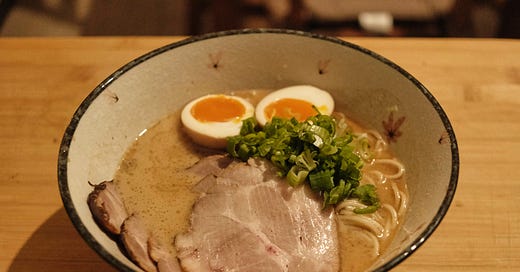



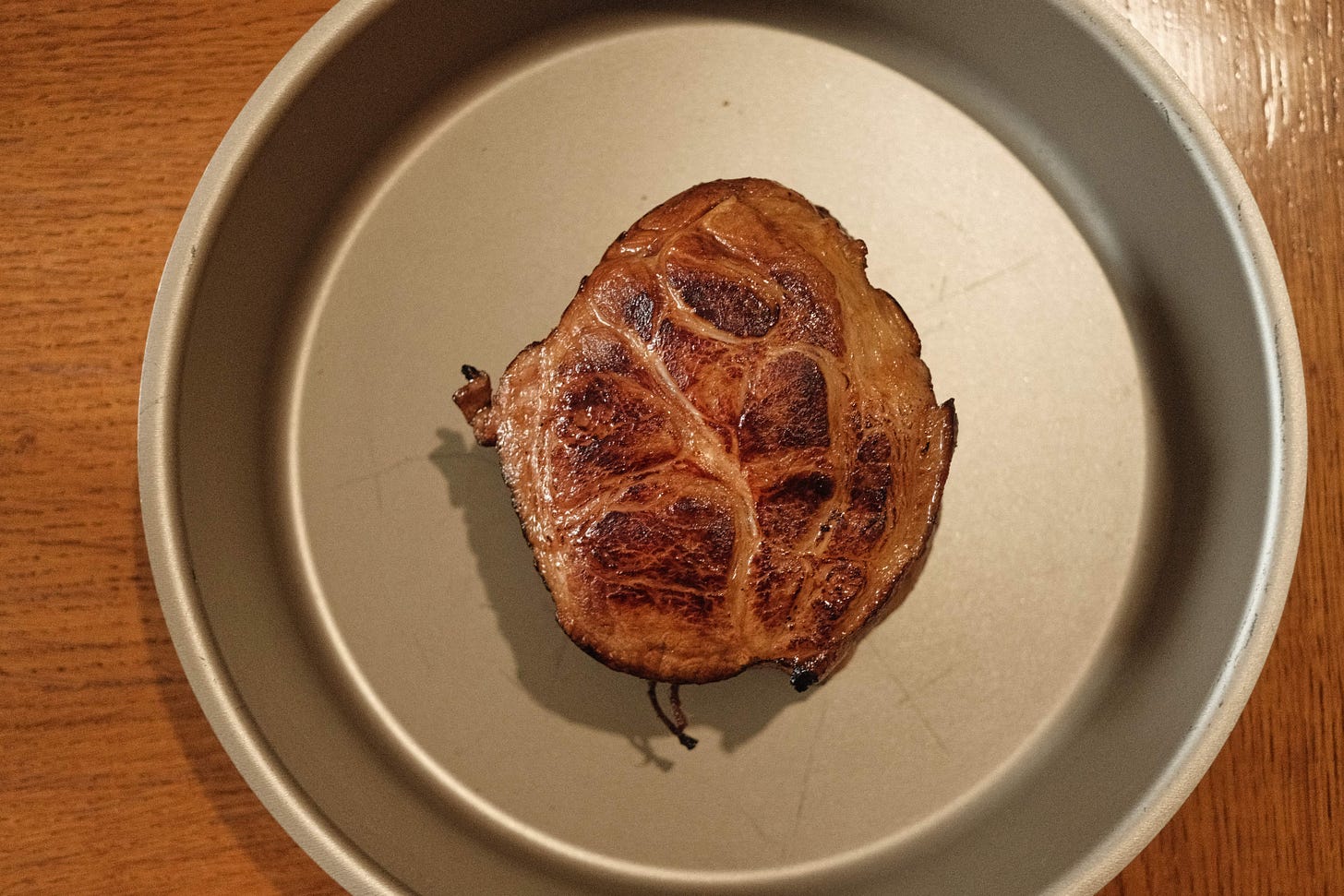
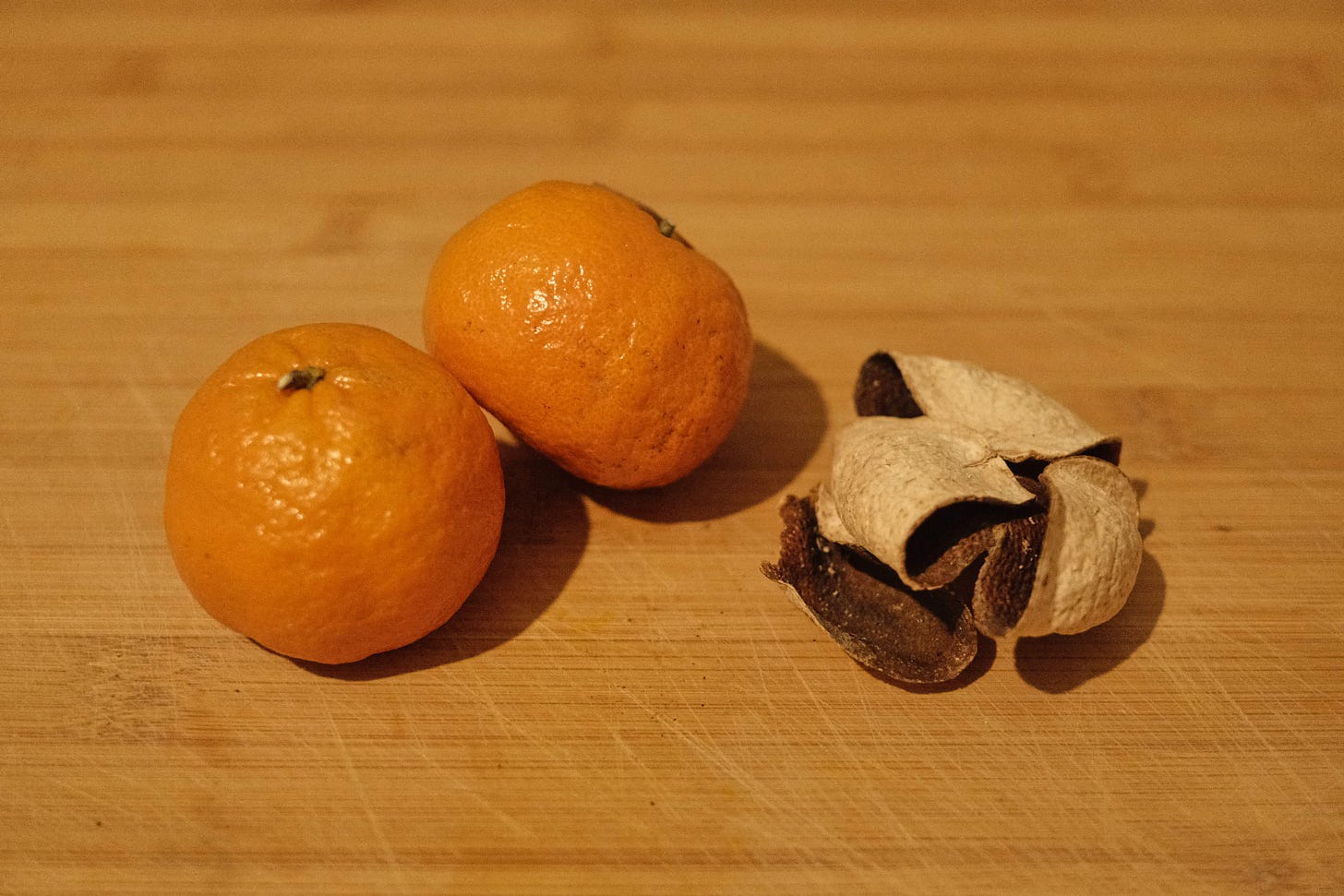
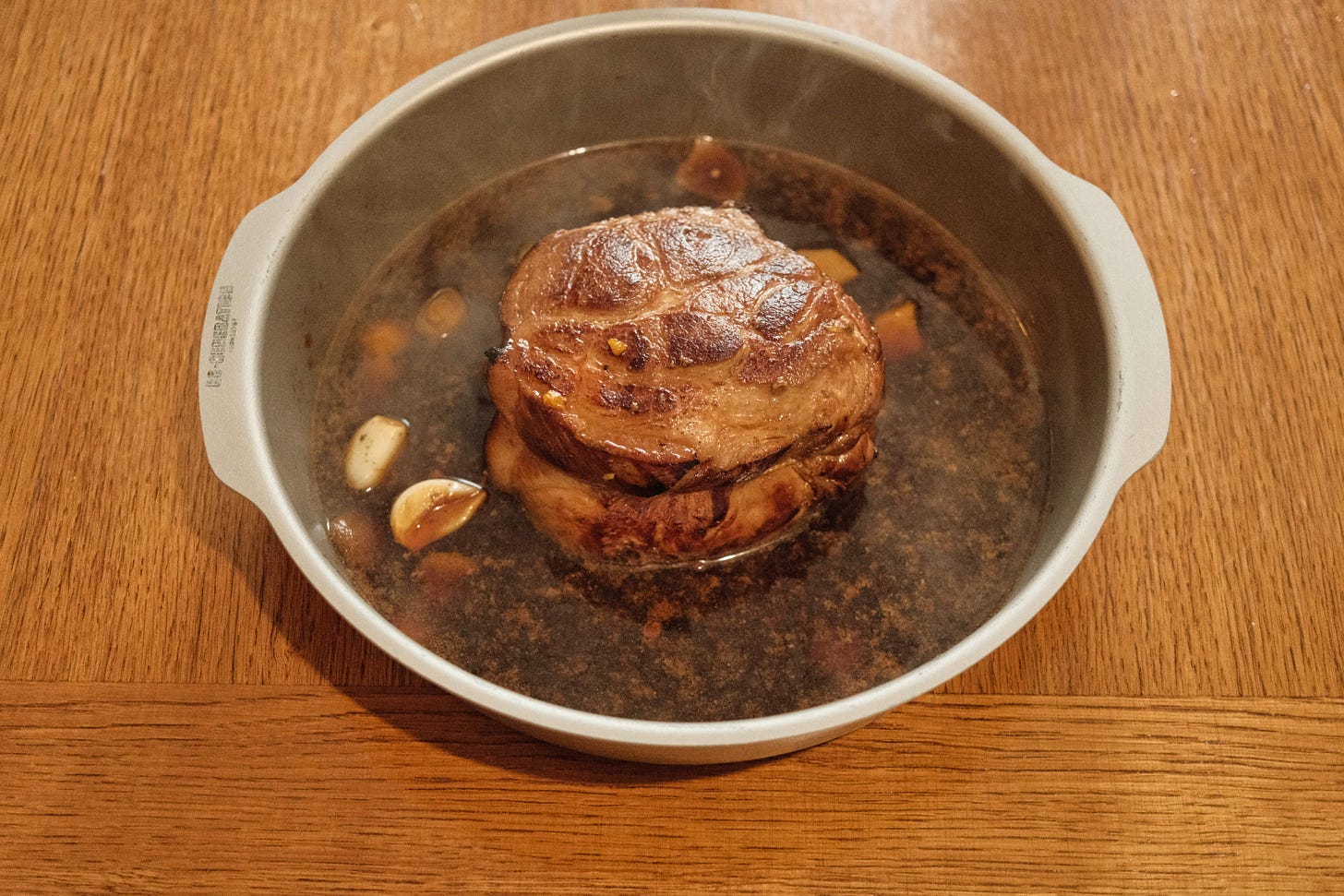
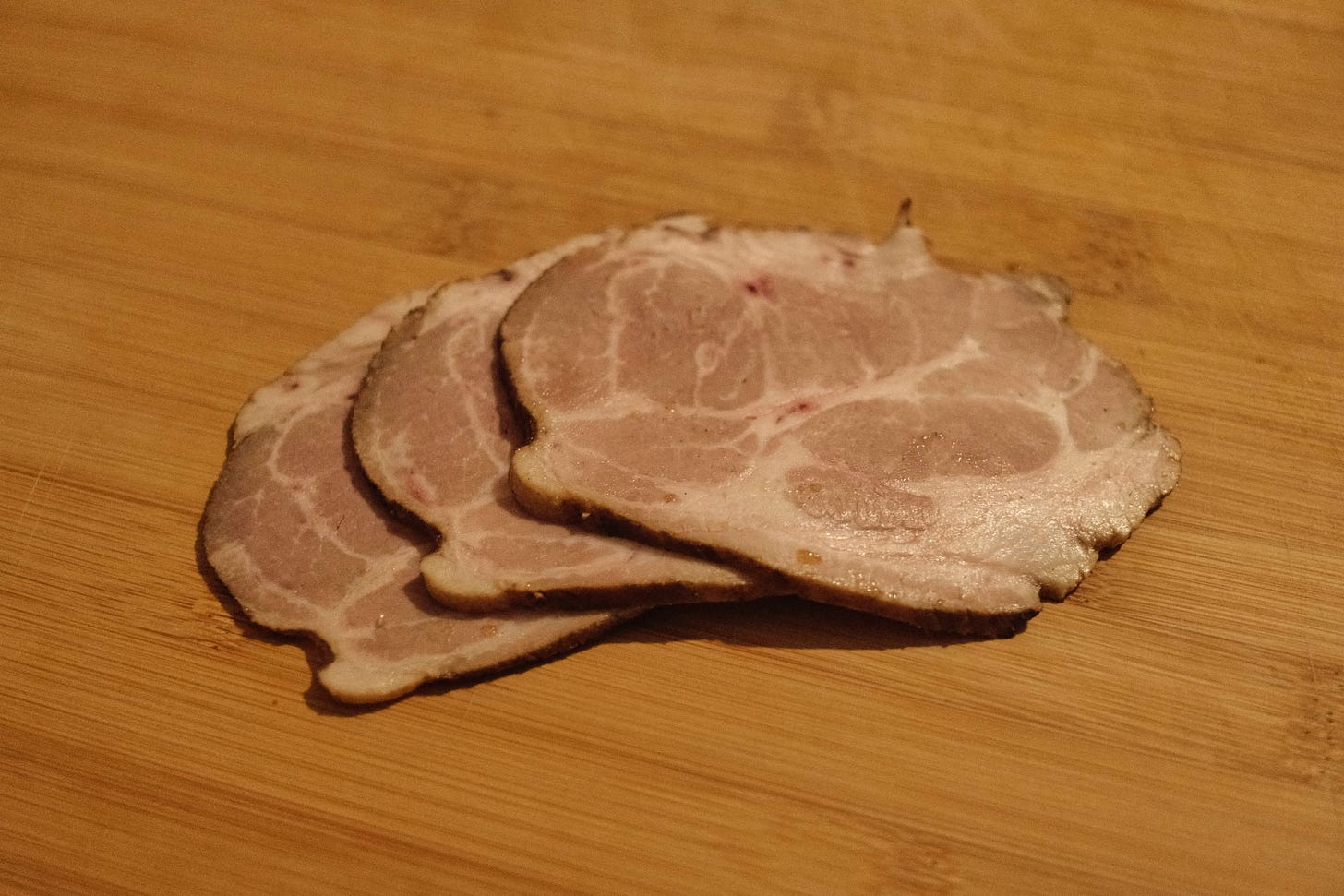
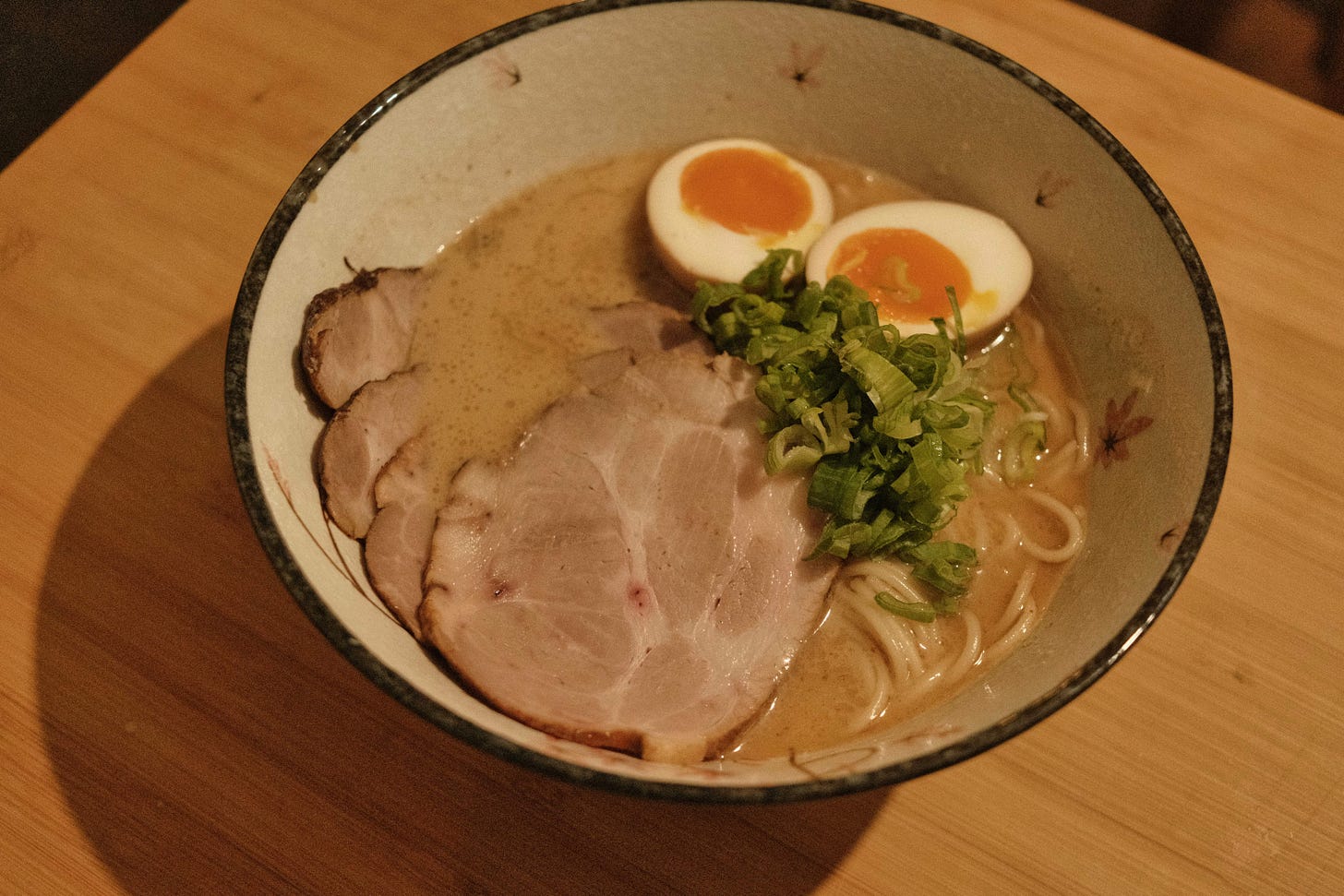
I am so impressed by the depth of your knowledge!! What a great read and I am definitely inspired to try and recreate this soon...